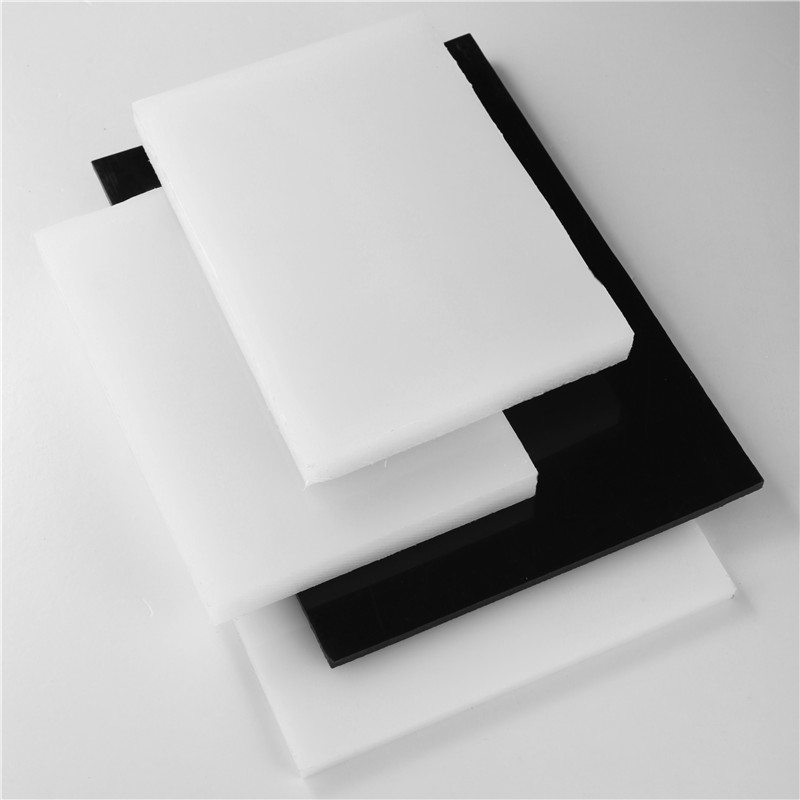Nov . 09, 2024 14:02 Back to list
High-Density Polyethylene Sheet for Versatile Applications and Durability
Understanding HDPE Plates Properties, Applications, and Benefits
High-Density Polyethylene (HDPE) is one of the most versatile and widely used plastic materials in the world today. Known for its high strength-to-density ratio, HDPE is a type of thermoplastic made from petroleum. Among its various forms, HDPE plates are particularly significant in numerous industries due to their unique properties and advantages.
Properties of HDPE Plates
HDPE plates are characterized by a number of beneficial properties. First and foremost, they possess excellent chemical resistance, meaning they can withstand exposure to various chemicals without degrading. This makes HDPE plates ideal for use in laboratories and industrial settings where they may come into contact with corrosive substances.
Another key property of HDPE plates is their durability. They have a high impact strength, making them resistant to cracking and breaking even under tough conditions. Moreover, HDPE plates are lightweight, which adds to their versatility as they can be easily handled and transported.
HDPE also exhibits low moisture absorption, which is crucial in applications that require sanitary conditions, such as food processing. The material is non-toxic and does not leach harmful chemicals, ensuring it is safe for food contact. Additionally, HDPE plates can operate effectively across a wide range of temperatures, from very low (-40°C) to very high (around 65°C), making them suitable for both cold storage and high-temperature processing.
Applications of HDPE Plates
Due to its unique properties, HDPE plates are used in a diverse array of applications. In the manufacturing sector, they are commonly employed in the production of tanks, containers, and other structures that require a lightweight yet robust material. The ability of HDPE to resist various chemicals makes it perfect for chemical storage tanks and pipes, where safety and durability are paramount.
In the construction industry, HDPE plates serve as protective barriers, drainage systems, and even components in building designs. Their resistance to moisture and lightweight nature means they can effectively contribute to projects requiring waterproofing or lightweight structural elements.
hdpe plate

Another significant application of HDPE plates is in the packaging industry. They are frequently used to create containers and pallets due to their high strength and resistance to impact. The ability of HDPE to be formed into various shapes and sizes also allows for creative packaging solutions that cater to specific product requirements.
Furthermore, HDPE plates are increasingly being used in environmental applications. They are effective in creating liners for landfills and ponds due to their impermeability to liquids, which helps in environmental protection and waste management.
Benefits of Using HDPE Plates
Using HDPE plates comes with numerous benefits that make them a preferred choice across multiple industries. One of the most notable advantages is their cost-effectiveness. The durability and longevity of HDPE reduce the need for frequent replacements, which can lead to significant savings over time.
Sustainability is another critical benefit. HDPE is recyclable, which means that products made from this material can be repurposed at the end of their lifecycle, contributing to a circular economy. Many companies are now focusing on using recycled HDPE for their operations, which not only reduces waste but also lowers the demand for virgin materials.
The ease of fabrication is also worth mentioning. HDPE plates can be easily cut, drilled, and welded, allowing for customization to meet specific project requirements. This adaptability enhances design flexibility, making HDPE a favorite among engineers and designers.
Finally, HDPE plates provide excellent resistance to UV radiation, making them suitable for outdoor applications without fear of degradation over time. This property enhances their suitability for signs, playground equipment, and outdoor furniture.
Conclusion
In summary, HDPE plates are an essential material in modern manufacturing and construction due to their unique properties, versatility, and numerous benefits. From their impressive chemical resistance to their lightweight nature and environmental sustainability, HDPE plates offer solutions that meet the demands of various industries. As advancements in technology continue to improve HDPE formulations and applications, the role of HDPE plates is likely to grow even more significant in the future. Whether it's for industrial, commercial, or environmental uses, HDPE plates are poised to remain at the forefront of plastic material innovations.
-
Durable PP Rigid Sheet: Lightweight, Chemical Resistant Solutions
NewsAug.21,2025
-
PVC Grey Sheet for Extraction: Chemical Resistant & Durable
NewsAug.19,2025
-
Durable PVC Pipe Fittings for Plumbing & Irrigation Needs
NewsAug.18,2025
-
HDPE Steel Belt Reinforced Spiral Corrugated Pipe | High Strength
NewsAug.17,2025
-
HDPE Pipe Fittings: Durable, Leak-Proof Solutions
NewsAug.16,2025
-
Premium CPVC Sheet: High-Temp & Chemical Resistant Solutions
NewsAug.15,2025

